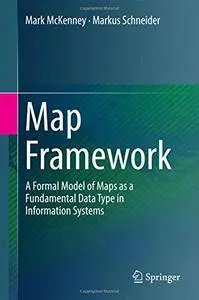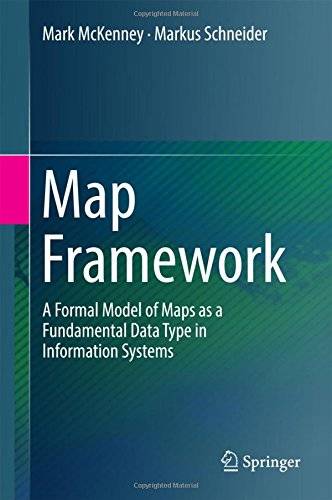Map Framework: A Formal Model of Maps as a Fundamental Data Type in Information Systems
Springer | Computer Science | Nov. 5 2016 | ISBN-10: 3319467646 | 140 pages | pdf | 2.57 mb
Springer | Computer Science | Nov. 5 2016 | ISBN-10: 3319467646 | 140 pages | pdf | 2.57 mb
Authors: McKenney, Mark, Schneider, Markus
Develops data models at the abstract level, discrete level, and implementation level
Discusses methods to implement maps as a fundamental data type in database systems
Treats both theoretical and practical aspects of map data models
Provides an extensive set of operations over maps, including topological predicates
This book explores the concept of a map as a fundamental data type. It defines maps at three levels. The first is an abstract level, in which mathematic concepts are leveraged to precisely explain maps and operational semantics. The second is at a discrete level, in which graph theory is used to create a data model with the goal of implementation in computer systems. Finally, maps are examined at an implementation level, in which the authors discuss the implementation of a fundamental map data type in database systems.
The map data type presented in this book creates new mechanisms for the storage, analysis, and computation of map data objects in any field that represents data in a map form. The authors develop a model that includes a map data type capable of representing thematic and geometric attributes in a single data object. The book provides a complete example of mathematically defining a data type, ensuring closure properties of those operations, and then translating that type into a state that is suited for implementation in a particular context.
The book is designed for researchers and professionals working in geography or computer science in a range of fields including navigation, reasoning, robotics, geospatial analysis, data management, and information retrieval.
Number of Pages
XI, 140
Number of Illustrations and Tables
43 b/w illustrations
Topics
Information Systems and Communication Service
Geographical Information Systems / Cartography
Regional/Spatial Science
Discrete Mathematics in Computer Science
Click Here for More books



